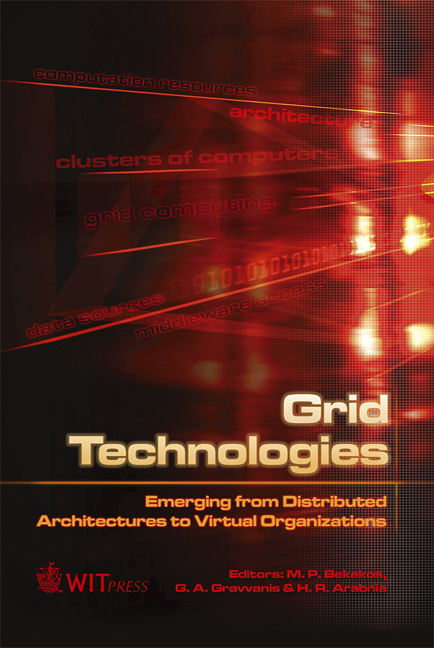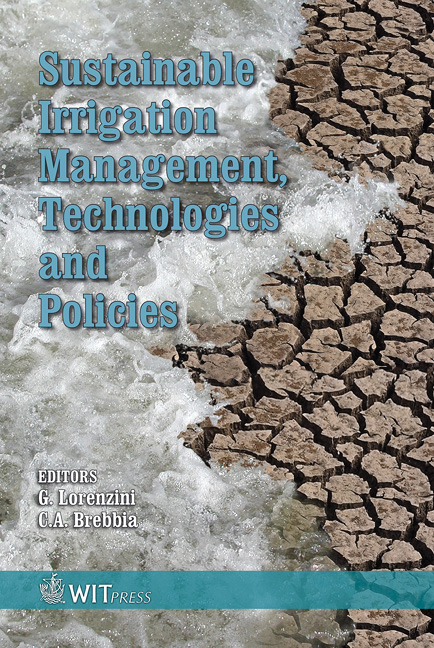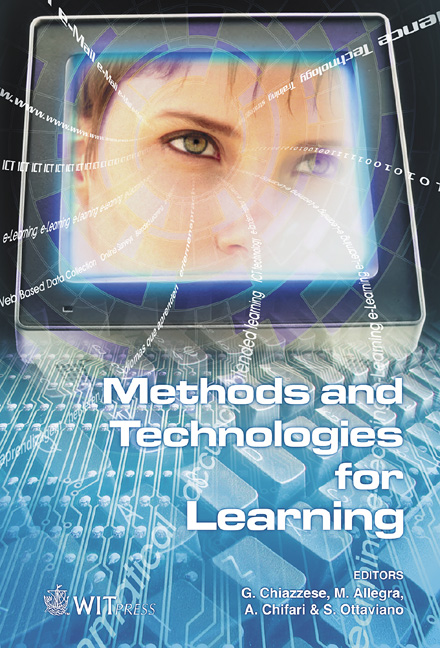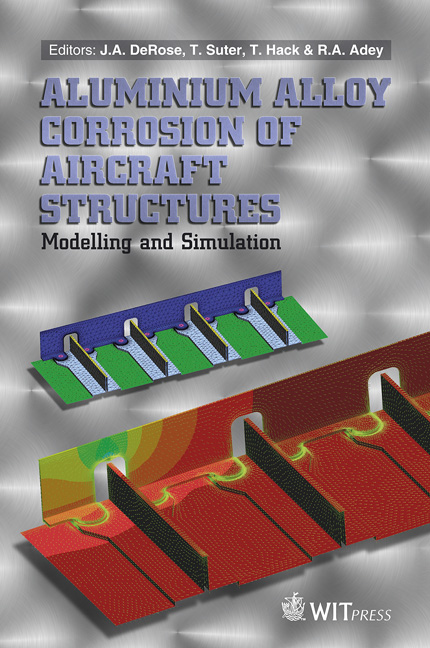Grid Technologies
Emerging from Distributed Architectures to Virtual Organizations
Edited By: M.P. Bekakos and G.A. Gravvanis, Democritus University of Thrace, Greece and H.R. Aarabnia, The University of Georgia, USA
Price
£247.00 (free shipping)
ISBN
978-1-84564-055-2
eISBN
978-1-84564-258-7
Pages
512
Book Series Title
Advances in Management Information
Book Series
5
Transaction Series
WIT Transactions on State-of-the-art in Science and Engineering
Transaction Volume
5
Published
2006
Format
Hardback
Current Grid enabling technologies consist of stand-alone architectures. A typical architecture provides middleware access to various services at different hierarchical levels. Computational Grids enable the sharing, selection and aggregation of a wide variety of geographically distributed computation resources (such as supercomputers, clusters of computers, storage systems, data sources, instruments, people etc.) and present them as a single, unified resource for solving large-scale computations and data intensive computing applications (e.g. engineering problems, molecular modelling for drug design, brain activity analysis, high energy physics, etc.)
Grid Computing is a newly emerging research area, which aims to promote the development and advancement of technologies that provide seamless and scalable access to wide-area distributed resources.
This book is an excellent reference for the realisation and use of various Grid technology issues. It contains a significant amount of expository and explanatory material, which is structured in a modular fashion. Working experts describe their implementation research including results that are divided into two parts of self-standing chapters, each part surveying several subjects of interest in the areas of web services, middleware and distributed and Grid computing methodologies.
The book as a text and research material is aimed at graduate/postgraduate students and researchers working in the area of Grid technologies. It can also be used by educators at these levels to illustrate the use and methods of Grid computing. Because the mathematical analyses are lucid and various case studies are focused upon and dealt with, it can also serve as a good reference book for practitioners in this field worldwide.








